The Impact of a Rehabilitation Program Using Mental Training on the Recovery of Partial Tear Ligament Injuries of the Shoulder Joint in Wrestlers
Main Article Content
Abstract
This study aimed to prepare a rehabilitation approach using mental training and physical exercises. The researcher used the experimental approach with two groups: experimental and control, applying the principle of pre- and post-test. The sample consisted of 10 wrestling players with partial ruptures in the shoulder joint ligaments and they were selected intentionally. A rehabilitation program was applied using mental training and physical exercises to the research sample. The researcher concluded that the proposed rehabilitation curriculum using mental training had a positive effect in accelerating the healing process by restoring the normal range of motion for the research sample members. The researcher recommended the necessity of including mental training techniques such as mental imagery and psychological relaxation within the rehabilitation programs. He also called for conducting more research to study the effects of mental training on different types of sports injuries
Article Details

This work is licensed under a Creative Commons Attribution-NonCommercial 4.0 International License.
References
Abdelkader, A. K. (2022). The Effect of Integrated Electronic Mental Maps in Teaching Some Grips in The Wrestling Game. Journal of Studies and Researches of Sport Education, 32(2).
Abdelkader, A. K. (2023a). The Effect of Karen’s Model on Teaching Some Grips in Wrestling for Students. Journal of Studies and Researches of Sport Education, 33(1), 323–336. https://doi.org/10.55998/jsrse.v33i1.382
Abdelkader, A. K. (2023b). The effect of the strategy of thinking, pairing and participating in teaching some grips in the wrestling game for students. JOURNAL OF SPORT SCIENCES, 15(57).
Abdullah, S. J. (2010). The effect of a rehabilitation approach using the manufactured device, some physical therapy devices and fencing exercises to rehabilitate patients with lumbar disc herniation [PhD thesis]. University of Basra.
Al-Awadli, A. A. (2004). Physical Therapy for Sports Injuries (2nd ed). Dar Al-Fikr Al-Arabi.
Al-Azzawi, A. A. (2008). Principles of Scientific Research. Al Manhal. https://books.google.iq/books?id=sEMrDAAAQBAJ
Allawi, M. H., & Radwan, M. N. al-D. (2001). Motor performance tests (p. 123). Dar Al-Fikr Al-Arabi.
Doral, M. N., Tandoğan, R. N., Mann, G., & Verdonk, R. (2011). Sports injuries: prevention, diagnosis, treatment and rehabilitation. Springer Science & Business Media. https://books.google.iq/books?id=3wZIQlI6fhAC
Faeq, A. F. (2012). The effect of mental training on the development of some mental processes and learning compound grips for freestyle wrestling at the ages of (16-17) years [PhD thesis]. University of Babylon.
Funk, L., Walton, M., Watts, A., Hayton, M., & Ng, C. Y. (2019). ports Injuries of the Shoulder. Springer International Publishing. https://books.google.iq/books?id=sia7DwAAQBAJ
Hammad, S. H. (2022). The effect of cognitive exercises with educational technology in developing the ability to shift attention and performing counterattack skills in fencing. University of Anbar Sport and Physical Education Science Journal, 5(25).
Hassanein, M. S. (2004). Measurement and Evaluation in Physical Education and Sports. Dar Al-Fikr Al-Arabi.
Lisowski, F. P. (2004). A guide to dissection of the human body. World Scientific. https://books.google.iq/books?id=qQg8DQAAQBAJ
Mansour, D. T., & Al-Masryah, T. A. E. B. (2011). Foundations of General Psychology. Anglo Egyptian Library. https://books.google.iq/books?id=FAIvEAAAQBAJ
Nehme, D. A. S., Munahi, K. S., & Mustafa, U. S. (2024). Leg deviations and its effect on the amount of work and some physical capabilities of the legs in some sports. Journal of Studies and Researches of Sport Education, 34(1). https://doi.org/10.55998/jsrse.v34i1.489
Norkin, C. C., & White, D. J. (2016). Measurement of joint motion: a guide to goniometry. FA Davis. https://books.google.iq/books?id=TSluDQAAQBAJ
Qader, A. K. A. (2023). The effect of using micro-education in teaching some grips in the wrestling game for students. Misan Journal for Physical Education Sciences, 27(27).
Reese, N. B., & Bandy, W. D. (2016). Joint range of motion and muscle length testing-E-book. Elsevier Health Sciences. https://books.google.iq/books?id=oAzhCwAAQBAJ
Tang, Y., Liu, Y., Jing, L., Wang, H., & Yang, J. (2022). Mindfulness and Regulatory Emotional Self-Efficacy of Injured Athletes Returning to Sports: The Mediating Role of Competitive State Anxiety and Athlete Burnout. International Journal of Environmental Research and Public Health, 19(18), 11702. https://doi.org/10.3390/ijerph191811702
Ungerleider, S. (2005). Mental training for peak performance: Top athletes reveal the mind exercises they use to excel. Rodale. https://books.google.iq/books?id=5arCTJLDM1cC
Watanabe, K., Holobar, A., Mita, Y., Tomita, A., Yoshiko, A., Kouzaki, M., Uchida, K., & Moritani, T. (2020). Modulation of Neural and Muscular Adaptation Processes During Resistance Training by Fish Protein Ingestions in Older Adults. The Journals of Gerontology: Series A, 75(5), 867–874. https://doi.org/10.1093/gerona/glz215
Weinberg, R. S., & Gould, D. (2023). Foundations of sport and exercise psychology. Human kinetics. https://books.google.iq/books?id=ACBwDwAAQBAJ
Zvetkova, E., Koytchev, E., Ivanov, I., Ranchev, S., & Antonov, A. (2023). Biomechanical, Healing and Therapeutic Effects of Stretching: A Comprehensive Review. Applied Sciences, 13(15), 8596. https://doi.org/10.3390/app13158596





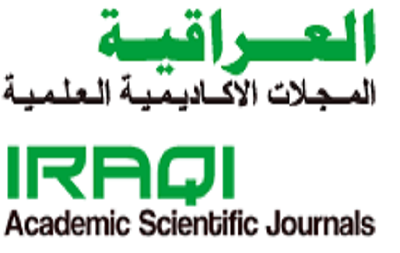 IASJ
IASJ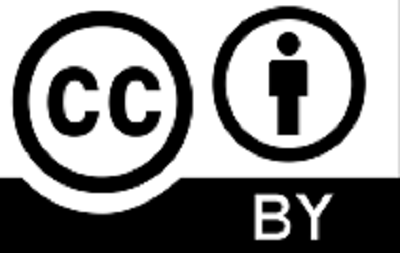 CC-BY-4.0
CC-BY-4.0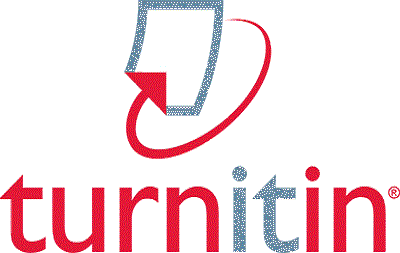 turnitin
turnitin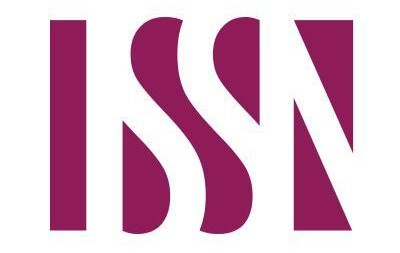 ISSN
ISSN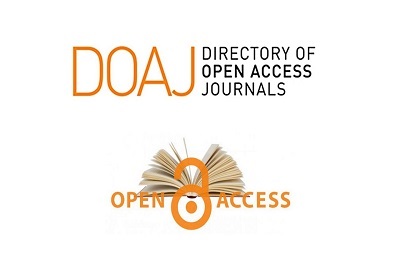 DOAJ
DOAJ Crossref
Crossref GoogleScholar
GoogleScholar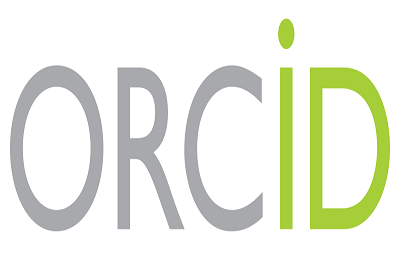 Orcid
Orcid